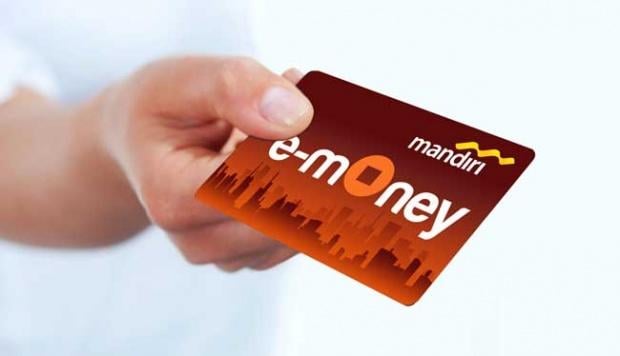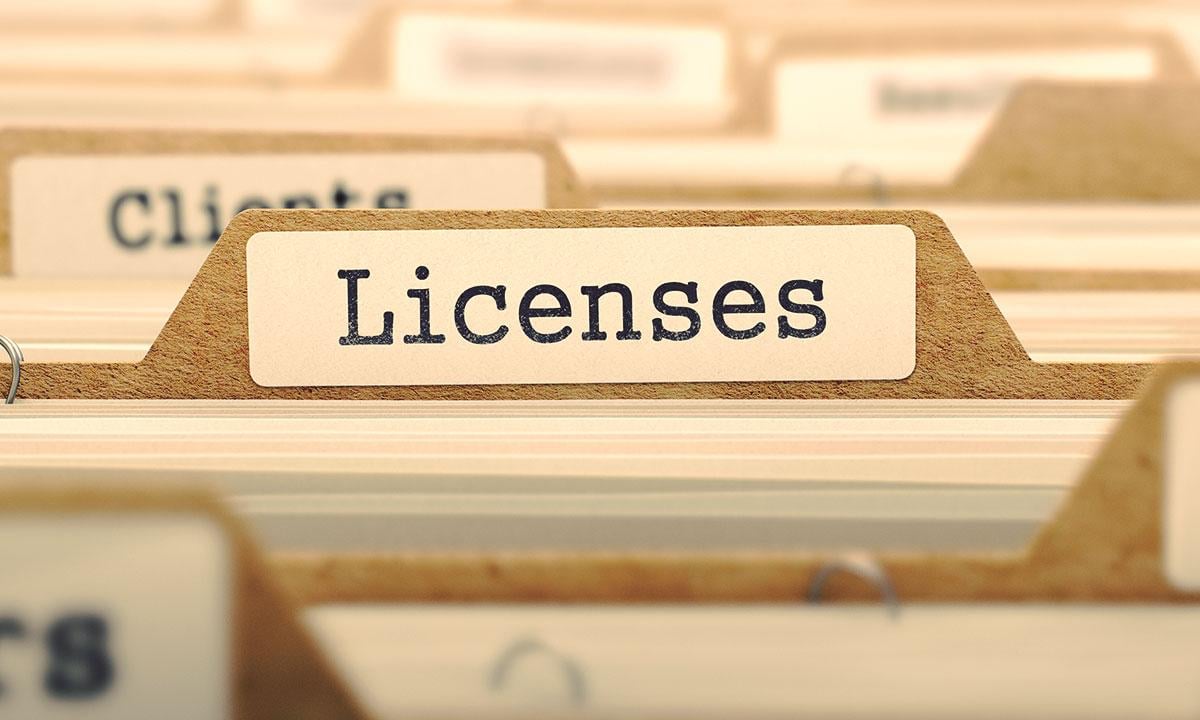
E-Money License in Estonia
What is an EMI Licence?
When we talk about “online banks”, we usually talk about E-money Institutions/ Payment institution (EMI) or Payment Services Providers (PSPs). People are very keen on using alternatives to traditional banking. They are convenient to use, and the best companies in the space have very smooth UX and mobile apps, paired with competitive pricing.
From a business perspective, the industry has massive potential. Yet, as several companies have entered the space in recent years, it’s necessary to have a concrete value proposition and client segment you’re going after. Due to the licensing requirements, there’s a barrier to entry, and it does not make sense just to “try it out”.
Some of the players in the market today: Wise, Paysera, and Revolut – among others.
The EMI and PSP licenses are passportable financial services in the EU – this means that once you obtain the license in one Member State, you can provide these services in all Member States.
The requirements for the EMI and the PSP licenses are very similar, hence, from this moment forward, we will be focusing solely on the EMI license requirements. However, if you want to obtain the PSP license, you have to consider pretty much the same requirements.
EMI can provide all the same services as a PSP, and additionally, issue electronic money. Electronic money represents a monetary value that is stored electronically or magnetically. And e money institution / payment institution store the monetary value in a central accounting system (the enterprise’s server), or it may be stored on an electronic carrier like a chip. This monetary value can then be used to make payments to other parties than the one that issued the electronic money. A real-life example may be a mobile wallet which allows you to make payments or an electronic gift voucher.
Conditions for e-money (all must be met):
- it is issued at par value of the amount of the monetary payment received;
- it is used as a payment instrument to execute payment transactions;
- it is accepted as a payment instrument by at least one person who is not the issuer of the same e-money.
Regulation of EMI license in Estonia
Payment Service Directive 2 (PSD2) is an EU Directive (Directive 2015/2366) which sets requirements for businesses that provide payment services. It applies to banks, building societies, payment institutions, e-money institutions, and their customers. In Estonia, it is mainly regulated by the Payment Institutions and E-money Institutions Act (PIEIA).
Supervision over EMI-s is done by the Estonian Financial Supervision Authority (EFSA). EFSA is responsible for financial services businesses and financial markets.
Issuing e-money services in Estonia, such as prepaid cards, debit cards, electronic wallets or merchant services requires an EMI license. An activity license for issuing e-money shall be issued to a company founded in Estonia or revoked by a decision of the EFSA.
E-money institutions can:
- execution of payment transactions, including transfers of funds on a payment account with the payment service provider of the payment service user or with another payment service provider: execution of direct debits, including one-off direct debits, execution of payment transactions through a payment card or a similar device and/or execution of credit transfers, including standing orders.
- services enabling cash to be placed on a payment account.
- services enabling cash withdrawals from a payment account.
- issuing and/or acquiring payment instruments.
- money transfers.
- execution of payment transactions where the funds are covered by a credit line for a payment service user: execution of direct debits, including one-off direct debits, execution of payment transactions through a payment card or a similar device and/or execution of credit transfers, including standing orders.
- execution of payment transactions where the consent of the payer to execute a payment transaction is given by means of any telecommunications terminal equipment, digital or IT devise and the payment is made to the telecommunications network or IT system operator, acting only as an intermediary between the supplier of the goods or services and the payment service user.
- issuing of Electronic Money.
- Payment Initiation Service (PSD2 implementation).
- Account Information Service (PSD2 implementation).
Licensing
In order to apply for a license, a written application with the appendices specified in the Payment Institutions and E-money Institutions Act (PIEIA) must be submitted to the FSA. In order to apply for an activity license for issuing e-money, the founders of the company or the management board of the registered public limited company must submit the following documents and information to the FSA:
- A copy of the articles of association and in the case of an operating company, a decision of the general meeting on the amendment of the articles of association with the amended text of the articles of association;
- Upon the foundation of a company, a notarized transcript of the memorandum of association or foundation resolution;
- A document certifying the existence of the paid or payable share capital;
- An action plan setting out, in particular, the planned payment services or e-money services;
- A business plan that complies with the requirements of the PIEIA;
- The opening balance sheet of the applicant and an overview of revenue and expenditure or, for an operating company, the balance sheet and income statement as of the end of the month preceding the month of submission of the application for an activity license and the last three annual reports if they exist;
- A description of the application of the general requirements for safekeeping and protection of the assets of the client as provided in the PIEIA;
- Internal rules and the accounting policies and procedures or drafts thereof as provided in the PIEIA;
- Information on the IT and other technological means and systems, security systems, control mechanisms and systems needed for the provision of the planned services;
- A description of the internal control system and measures that would ensure the performance of obligations in connection with preventing money laundering and terrorist financing and information on the payer upon the transfer of funds;
- A description of the organizational structure of the applicant including, if necessary, a description of the procedure for the use of agents and branches or the procedure for the transfer of services, and its participation in national and international payment systems;
- A list of the shareholders of the applicant that specifies the name and the personal identification code or registry code of every shareholder, or the date of birth in the absence of a personal identification code or registry code, and information on the number of shares and votes to be acquired or owned by each shareholder;
- Information on persons who own qualifying holdings in the applicant as provided in the PIEIA;
- Information on the members of the management of the applicant, including, for each person, the name and surname, personal identification code or, in the absence thereof, date of birth, educational background, a complete list of places of employment and positions and, for the members of the management board, a description of their areas of responsibility and documents certifying the management’s trustworthiness and conformity to the requirements of the PIEIA that the applicant deems necessary to submit;
- Information on companies in which the holding of the applicant or a member of management thereof exceeds 20%, whereas such information must also include the amount of share capital, a list of the areas of activity and the extent of the holding of the applicant or manager;
- Information on the auditor and internal auditor of the applicant, including their name, residence or seat, personal identification code or, in the absence of the identification code, the date of birth or registry code;
- For an operating company, documents certifying the number of internal funds with an auditor’s report;
- The technical, financial, and legal principles of the functioning of the payment system approved by Eesti Pank and the draft rules for the functioning of the system if the applicant wishes to engage in the operation of payment systems. The Financial Supervision Authority may demand the submission of additional information and documents if it is not convinced on the basis of the submitted information and documents as to whether the applicant for an activity license has adequate facilities for the provision of payment services or whether it meets the requirements of the PIEIA, or if other circumstances relating to the applicant need to be verified.
Policy and procedural documents must be specific to every EMI and adequately address key aspects as set out by the regulator. Submitting templated documents will not be acceptable to EFSA and can cause delays or rejection of the application.
The decision to issue an operating license or to refuse it is taken by EFSA within three months after all the necessary documentation and data have been received, and not later than six months after the application for the operating license has been received. Within this time EFSA may also request further information and documents.
Main requirements for the license holders
The EMI which has granted an activity license needs to have local operations here, including a board residing in Estonia.
The management board of EMI shall consist of at least two members. Only persons who have the education, experience, and professional qualifications necessary to manage an EMI and who have an impeccable business reputation may be appointed managers.
The share or initial capital of an EMI shall be at least 350 000 euros.
Providing e-money services in a foreign state
An authorized financial service firm within a country inside the European Economic Area (EEA) can provide regulated services across the rest of the countries within the EEA without requiring additional licenses in those countries. The EMI license is a passportable financial service in the EU.
An EMI founded in Estonia and holding an activity license may provide the service in a foreign state by establishing branches and providing cross-border services, through an agent or distributor. The EMI shall comply with the local requirements, legislation issued on the basis thereof, and legislation of the foreign state. EMI that wishes to find a branch in Estonia or provide cross-border services shall inform the EFSA of the home state of its wish.
If the EMI wishes to provide cross-border services in destination states then the EFSA has the right to demand the submission of information, documents, and oral or written explanations without a charge from the EMI concerning facts which are relevant in the exercise of supervision.
The Financial Supervision Authority may, in order to protect clients and creditors of an EMI, and the public interest, including in the case of a material violation of the Money Laundering and Terrorist Financing Prevention Act, apply measures provided by law with regard to an EMI of a Contracting State without prior notice. In such a case, an FSA of the home state, the European Banking Authority and the European Commission shall immediately be informed after the implementation of the measures. Measures shall be applied until the need to apply such measures ceases to exist.
Termination of the e-money license
The validity of an activity license terminates if:
- a decision to dissolve the EMI is made;
- the activity license is revoked;
- EMI is merged, in the case of an institution being acquired;
- a new EMI is founded by merger, in the case of institutions that are merging;
- EMI is declared bankrupt.
Getting started
Upon starting the licensing, it’s important that the applicant has some preliminary business plan written down. We will help you to get it right, but the client needs to have a good understanding of what they want to do: The marketing plan, client segment, understanding of the competitive environment etc. It helps to have 2-3 pages written down, in a free form, to understand to what extent you need help. We’ll provide the guidance and frameworks, but there’s a lot of hard work done by the client as well.
Additionally, as you need to provide a detailed description of your IT systems – the money flow, assets, data protection etc., it’s necessary to have the technical knowledge in the team, or if you’re using third-party solutions, then they have to be able to provide you the necessary documentation of the underlying systems.
Capital
The capital requirement for an e money institution / Payment institution in Europe is 350 000€ plus three years cost budget according to the business plan. The budget has to be realistic as otherwise, the EFSA will reject it (i.e., you can’t say it’s 1000€ per year if it’s not possible to manage an EMI on a 1000€/year budget).
Timeframe
Depends on how quickly the documents can be drafted and submitted. As each client has differences, we usually reserve around a few months for document preparations, The whole process of obtaining the EMI license shall take about 8-12 months, as the regulator will ask multiple rounds of additional questions about how the business is managed, clients’ assets protected, AML procedures, etc.
What’s next?
As the requirements and the licensing process is quite demanding, it’s important to work with the right partner. If you’re planning to set up a Fintech company, and you need help with getting licensed in Estonia, please get in touch with us through our contact page.


